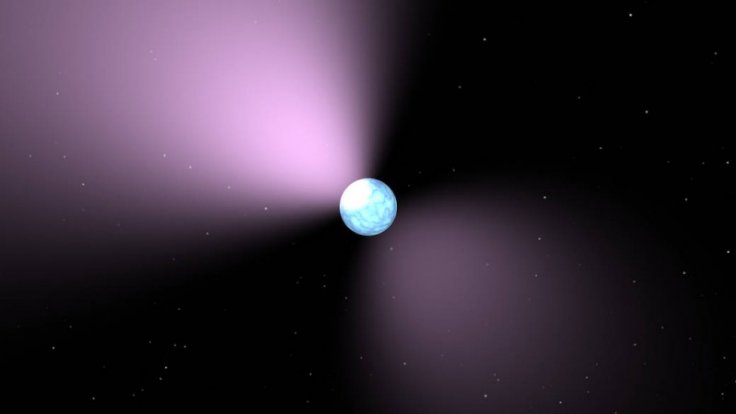
A neutron star is basically the core of a collapsed star and a new study has spotted the universe's most massive neutron star near a black hole. The neutron star has 2.14 times the mass of the sun and it is packed into a sphere most likely around 20 kilometers across.
Scientists have named this neutron star J0740+6620 and experts reveal that it used to spin a mindblowing 289 times in a second, thus making it a pulsar.
Thankful Cromartie, a graduate student at the University of Virginia said that she is absolutely thrilled to successfully calculate the mass of the most massive neutron star ever detected by humans.
During the study, scientists made use of radio telescopes at the Green Bank Observatory and the Arecibo Observatory to learn more about the massive neutron star. Interestingly, the pulsar is located very near to the tipping point between matter's ability to resist the crush of gravity against collapse into a black hole which devours space entities.
Scott Ransom, an astronomer and the co-author of this study which is now published in the journal Nature Astronomy said, "Neutron stars have this tipping point where their interior densities get so extreme that the force of gravity overwhelms even the ability of neutrons to resist further collapse."
"Each 'most massive' neutron star we find brings us closer to identifying that tipping point and helping us to understand the physics of matter at these mindboggling densities."
A few days back, a team of researchers at the Australian National University (ANU) successfully detected a neutron star swallowed by a black hole. Scientists detected this rare celestial event on August 14, 2019, as gravitational wave discovery machines suddenly detected ripples from the space. After making this discovery, scientists revealed that these ripples came from the farthest nooks of the universe, which is approximately 8500 million trillion kilometers away from the earth.








